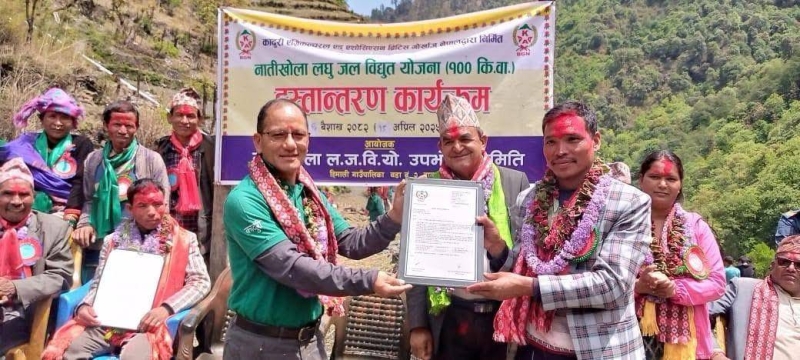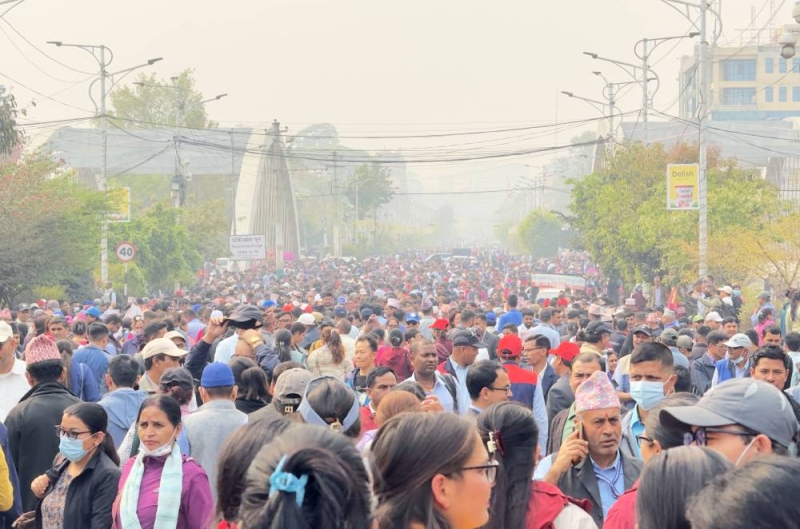Mango production to decrease in Terhathum
Mango production to decrease in Terhathum
Published: 12:00 am Apr 24, 2002
Mango production in Tehrathum district is expected to drop significantly this year, due to sudden changes in climate and a disease that affects flowers at the budding stage. According to local farmers, mango production was not satisfactory last year either.
'To produce a good harvest, there needs to be a constant high temperature during the budding period, which should gradually decrease as the flowers bloom. But, this year we have had temperature fluctuations and hailstones, which will lead to a decrease in production,' predicts Netra Kafley, assistant technical officer at the district agriculture development office, Myanglung.
As for experienced mango-farmers, frequent sanitation of the growing terrain, excision of infected branches and twigs and grafting with Bodex paste are the basic necessities for a high yield. But, difficult geographical terrain, lack of training and modern technical facilities, inadequate supplies of fertilisers, agro-tools and pesticides on the one hand, while natural disasters like hailstones and droughts on the other, are also causing decreased production, states Kafley.
An optimum mango production is obtained during the period when the climate is warm and humid and at a low altitude zone. Mango farming for commercial purposes started five years ago in Oyakjung, Majhkharka, Salema and Jaljale VDCs of Terhathum district. Though modern farming technology and facilities are yet to reach every doorstep in the district, Amrapali and Mallika are popularly used products among the farmers of Terhathum.
Stating that the agricultural sector is being facilitated and eased by rapid developments in science and technology, Jaya Ram Silwal, a farmer of Jaljale VDC complains about limited access to such facilities. 'We are constrained to facing two problems; a lack of access to modern technology and facilities as well as natural disasters,' he adds.
According to statistics at the district agriculture development office, mango farms occupy 30 hectares of land in the district, whereas production has already started on 13 hectares. Altogether, 117 metric tonnes of mangoes were produced last year, said an official at the office.





